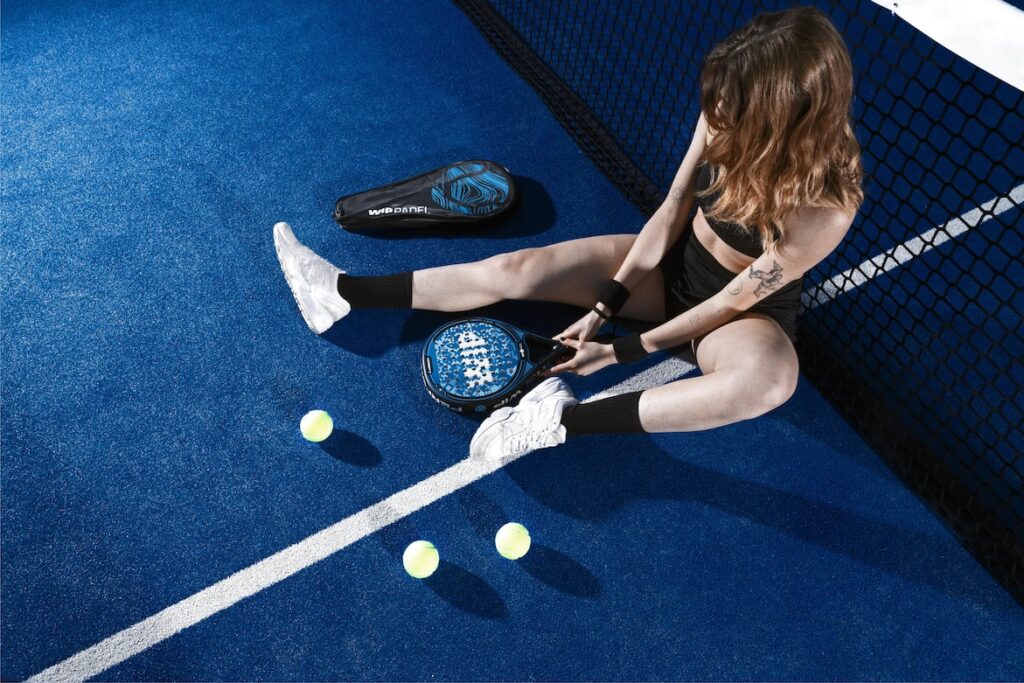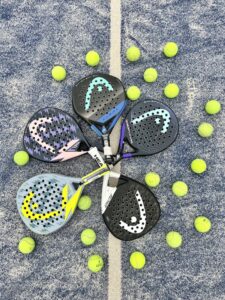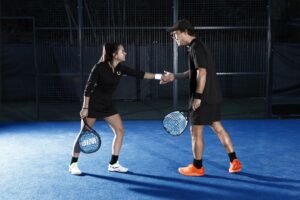Mastering the Game: How Padel Court Surface Types Affect Gameplay and Performance
3 min read
Mastering the Game: How Padel Court Surface Types Affect Gameplay and Performance
Welcome to the world of padel, where passion and skill collide on the court. If you’re new to this exhilarating sport, you may be wondering about the different types of surface options available and how they can impact your performance. Fear not, for we are here to guide you through the world of padel court surface types and shed some light on how they affect gameplay. So, grab your racket and let’s dive in!
1. Artificial Grass – The Classic Choice
Artificial grass is the most traditional surface for padel courts, and for good reason. It provides a consistent bounce and a familiar feel under your feet. The grass-like surface offers excellent grip, allowing you to make those quick pivots and explosive shots with confidence. Moreover, this type of surface tends to be easier on the joints, reducing the risk of injuries. Whether you’re a beginner or a seasoned pro, playing on artificial grass guarantees a smooth and enjoyable experience.
2. Clay – The Clay Court Enthusiast’s Delight
Clay courts are a favorite among many padel players who enjoy the strategic aspect of the game. The loose clay surface slows down the ball and adds an extra layer of challenge to your shots, as it requires more precise footwork and shot selection. The high level of friction between the clay and the ball allows for great spin control, making it perfect for those who love to add some twist and curve to their shots. However, playing on clay requires practice and patience, as it can be physically demanding. If you’re up for a challenge and enjoy long rallies, then clay might be your preferred surface.
3. Acrylic – For the Fast-Paced Players
If you thrive on speed and agility, acrylic courts may be your go-to choice. These surfaces offer a slightly faster game compared to artificial grass, making it ideal for players who favor quick exchanges and explosive shots. The smooth, non-porous surface allows for consistent ball bounce while reducing the risk of injuries. Acrylic courts are also relatively low-maintenance, ensuring that you can spend more time on the court and less time worrying about upkeep. So, if your style of play is all about lightning-fast reflexes, acrylic is the perfect surface for you.
4. Artificial Turf – The Modern Twist
If you’re looking for a surface that combines the best of both worlds, it’s hard to go wrong with artificial turf. This innovative option offers the familiarity of artificial grass with the added benefits of synthetic materials. The artificial turf surface ensures a consistent bounce and provides a high level of grip, similar to artificial grass. However, it requires less maintenance and is more durable, making it an excellent long-term investment. Additionally, artificial turf is often more eco-friendly, as it requires less water and pesticide use. So, if you’re an environmentally-conscious player who values practicality without sacrificing quality, artificial turf is the way to go.
There you have it – a comprehensive guide to the different padel court surface types and how they affect your gameplay. Now, it’s time to decide which surface suits your style and preferences.
Whichever surface you choose, remember that practice and dedication will always be the keys to mastery. So, get out there, try different surfaces, and refine your skills. Padel is an incredible sport that offers endless excitement and rewards – and with the right court surface, you’ll be well on your way to becoming a padel superstar!







